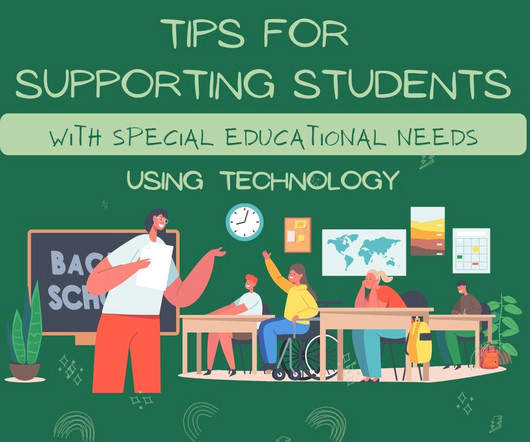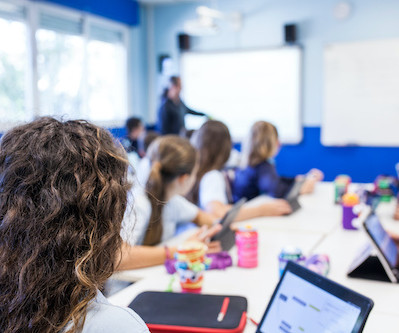5 FETC 2024 sessions that grabbed our attention
eSchool News
JANUARY 10, 2024
Sessions, keynotes, discussions, and the expo hall will connect attendees with need-to-know details on the latest edtech innovations shaping the education landscape. Plus, they’ll learn best practices and current trends to best leverage educational technology resources. Unleash the Magic of AI in Your Classroom!
















Let's personalize your content